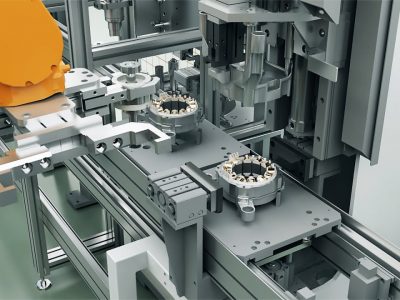With the high levels of development, the production machines are always expected to be highly flexible as well as accommodating in order to meet the constantly changing demands of products. Many of these products normally operate on the FPGA or Field Programmable Gate Arrays. The FPGAs are specifically designed to deliver high orders of flexibility in the system design, even post the manufacturing process.
The FPGAs are the semiconductor IC which permit modifications in the majority of electrical functionalities within the device. It can be changed during the assembly process of the PCB or Printed Circuit Board with the help of a design engineer. This can also be changed after the device is deployed on the field.
After adopting FPGAs, the companies have witnessed a lot of benefits, which are as follows:
Parallel processing
FPGAs are known to be truly parallel. This ensures different autonomous operations won’t be competing for the same resources. Each of the processing tasks is independent and will be assigned to the chip section, which dedicatedly works on these tasks. All these chip sections can function independently without influencing any other external logic block. Hence, the performance of every section will remain unaffected even if the number of processing operations are increased.
The total cost of ownership
FPGAs have reduced risks as these prototype systems can be easily shipped to customers for field trials. Here, the ability to make quick changes is retained before the entire thing is moved to mass production. FPGAs are very cost-effective as compared to the ASICs that are used for smaller applications. In addition to these, there are also non-recurring engineering expenses which are added to the ASIC but not to the FPGAs.
Simple design cycle
The FPGA designs take less time and the design cycle is also very simple. There is no need for layouts, masks or any other back-end processes.
Re-usability
The FPGAs can be used for many different applications by simply reprogramming the HDL code. So, this makes the re-usability of the FPGAs higher with lesser to no modifications.
Flexibility
The design engineers can make changes to the devices by just downloading a configuration file and verifying the change. These changes are made to the FPGAs without any major or expensive changes to the PC board.
FPGA design companies like Orthogone.ca pay full attention to detail before delivering you the final product.













Comments